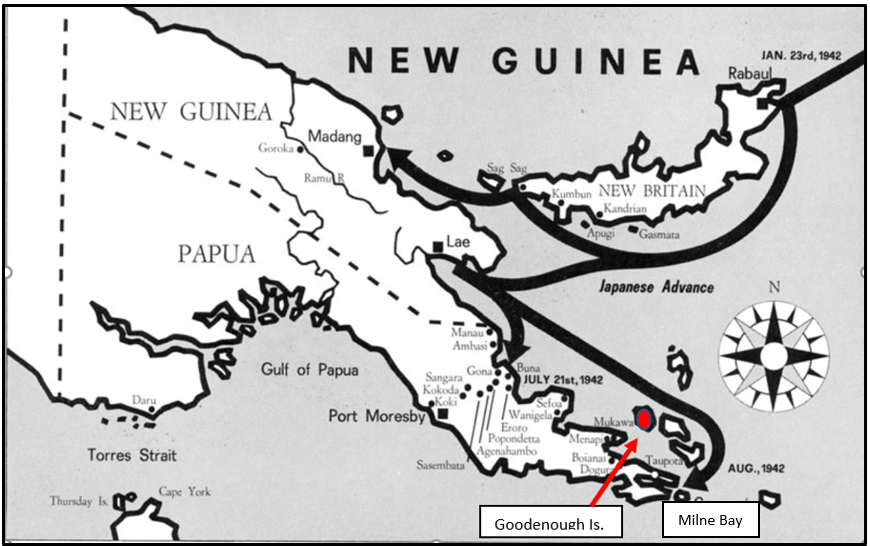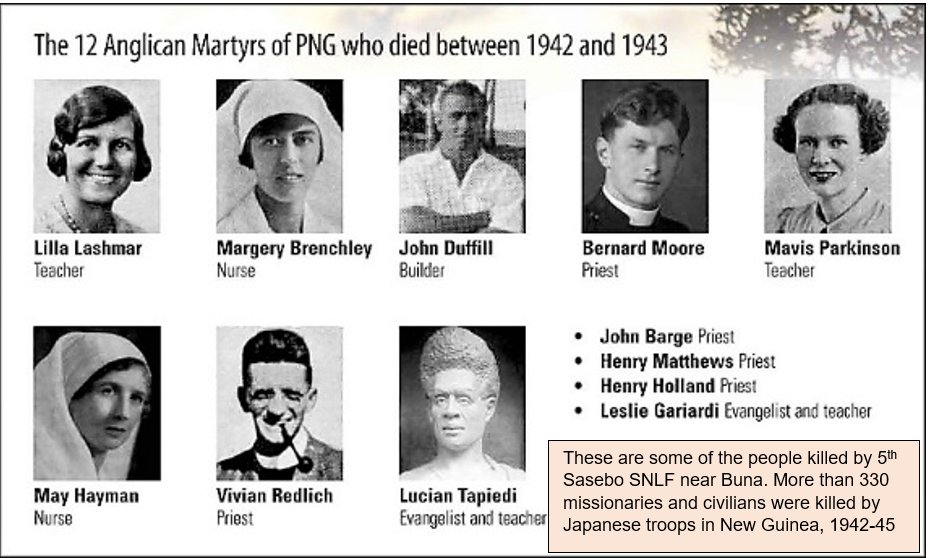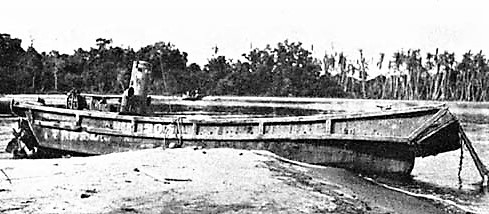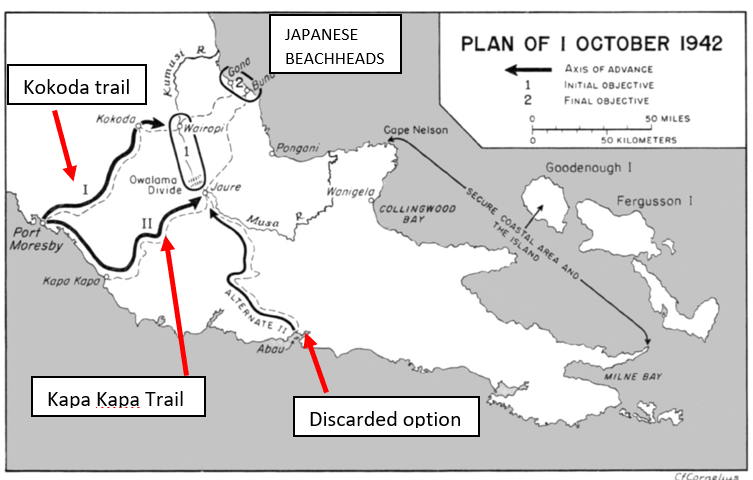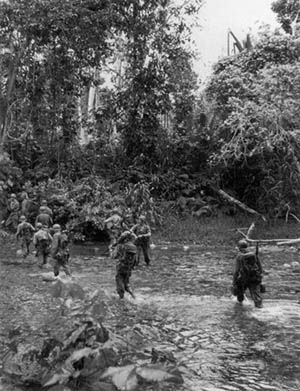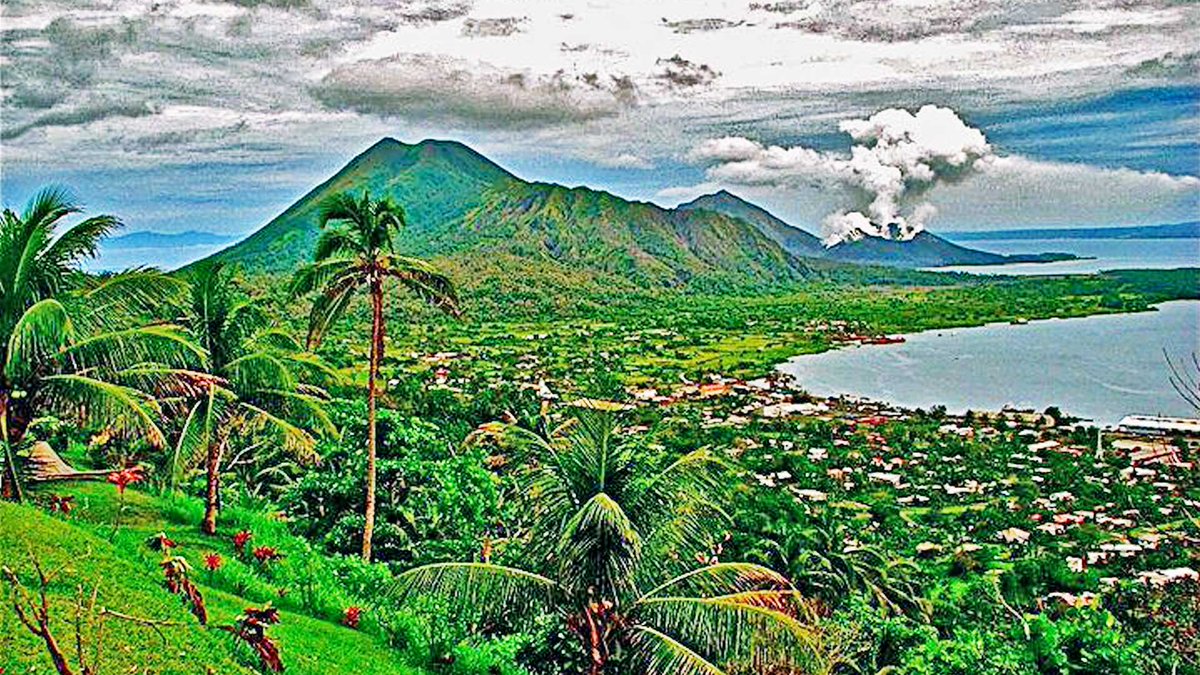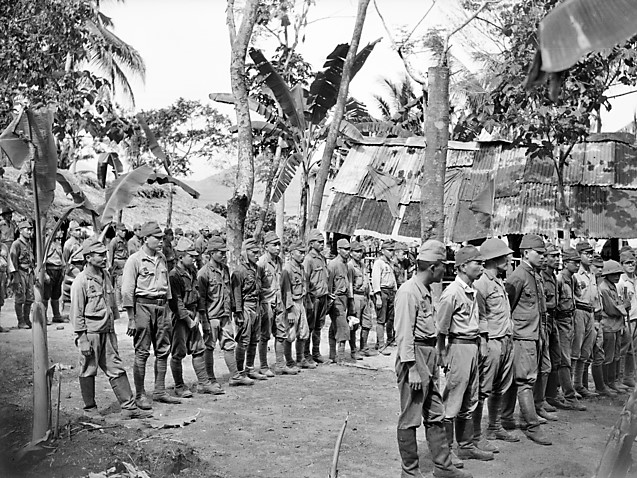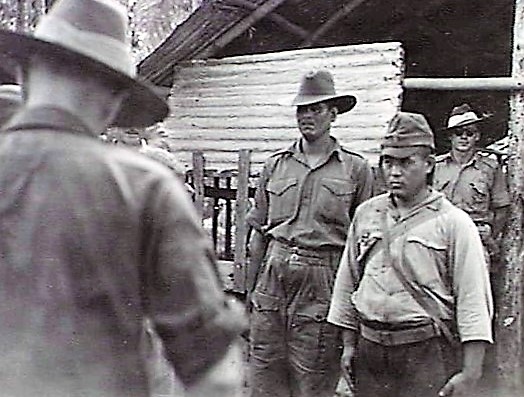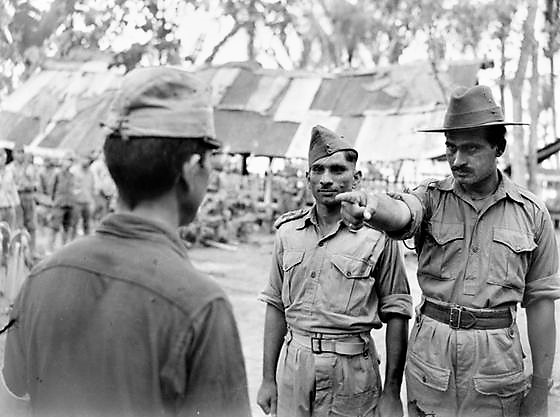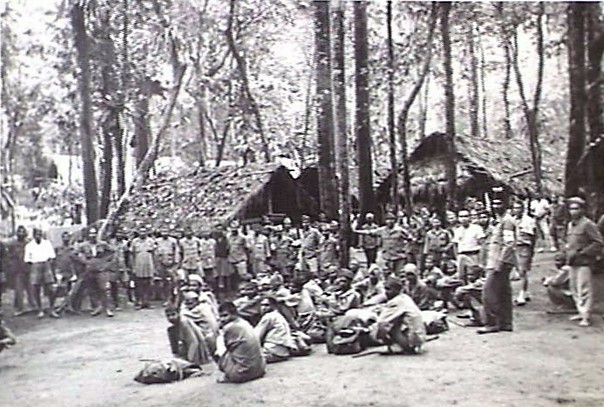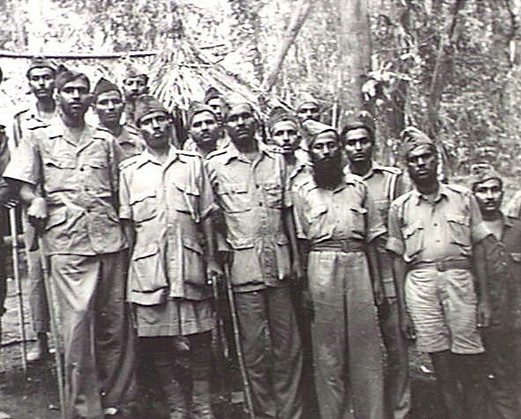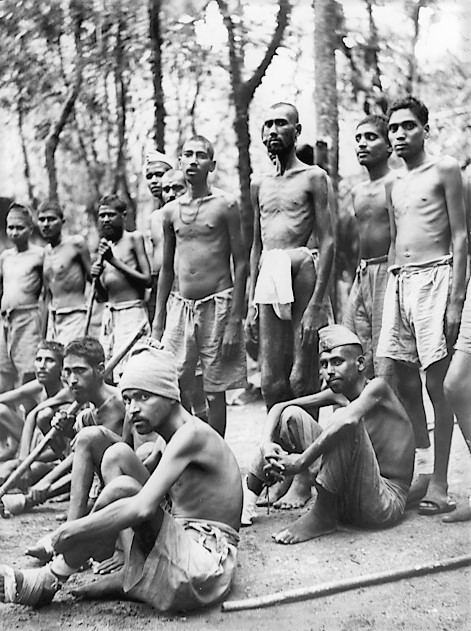
1/4
16 Oct 1943: As part of a 3-pronged Japanese counter-attack against the Allied beachhead at Scarlet Beach, Finschhafen, 7 Japanese landing craft of the Sugino Craft Raiding Unit set off with a detachment of 79th Infantry Regiment.
They intended to launch a surprise night raid
16 Oct 1943: As part of a 3-pronged Japanese counter-attack against the Allied beachhead at Scarlet Beach, Finschhafen, 7 Japanese landing craft of the Sugino Craft Raiding Unit set off with a detachment of 79th Infantry Regiment.
They intended to launch a surprise night raid

2/4
While moving south to Scarlet Beach four barges were destroyed in a sea battle with 2 PT boats.
Three remaining barges continued around the point to assault the beach.
One barge was then sunk offshore by a 37mm AT gun manned by men of the US 532d Engineer Boat and Shore Regt.
While moving south to Scarlet Beach four barges were destroyed in a sea battle with 2 PT boats.
Three remaining barges continued around the point to assault the beach.
One barge was then sunk offshore by a 37mm AT gun manned by men of the US 532d Engineer Boat and Shore Regt.

3/4
Two barges landed with 60 yelling troops just metres in front of Pte “Junior” van Noy manning a .50 cal machine gun.
He was a 19 y.o. Mormon farm boy from Grace, Idaho (pop 700). Cpl Stephen Popa was assisting.
The Japanese were led by a bugler & two men with flame-throwers.
Two barges landed with 60 yelling troops just metres in front of Pte “Junior” van Noy manning a .50 cal machine gun.
He was a 19 y.o. Mormon farm boy from Grace, Idaho (pop 700). Cpl Stephen Popa was assisting.
The Japanese were led by a bugler & two men with flame-throwers.

4/4
A grenade landed in van Noy’s MG pit, shattering his leg and wounding Popa, who was evacuated.
Van Noy ignored calls to withdraw and continued to fire his MG with deadly accuracy.
He used every round and died, covered with wounds, beside his gun amongst almost 30 enemy dead.

A grenade landed in van Noy’s MG pit, shattering his leg and wounding Popa, who was evacuated.
Van Noy ignored calls to withdraw and continued to fire his MG with deadly accuracy.
He used every round and died, covered with wounds, beside his gun amongst almost 30 enemy dead.


• • •
Missing some Tweet in this thread? You can try to
force a refresh




